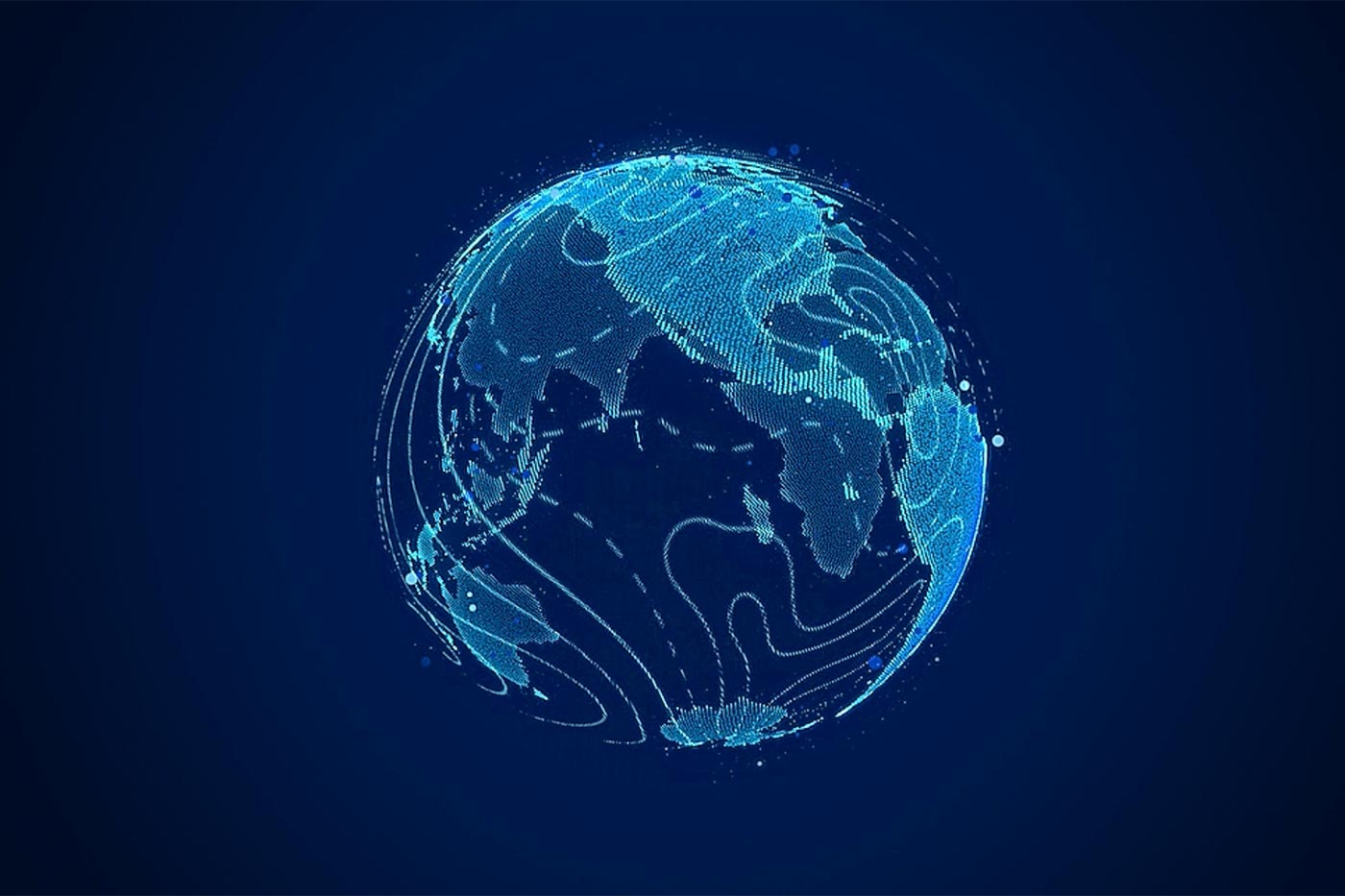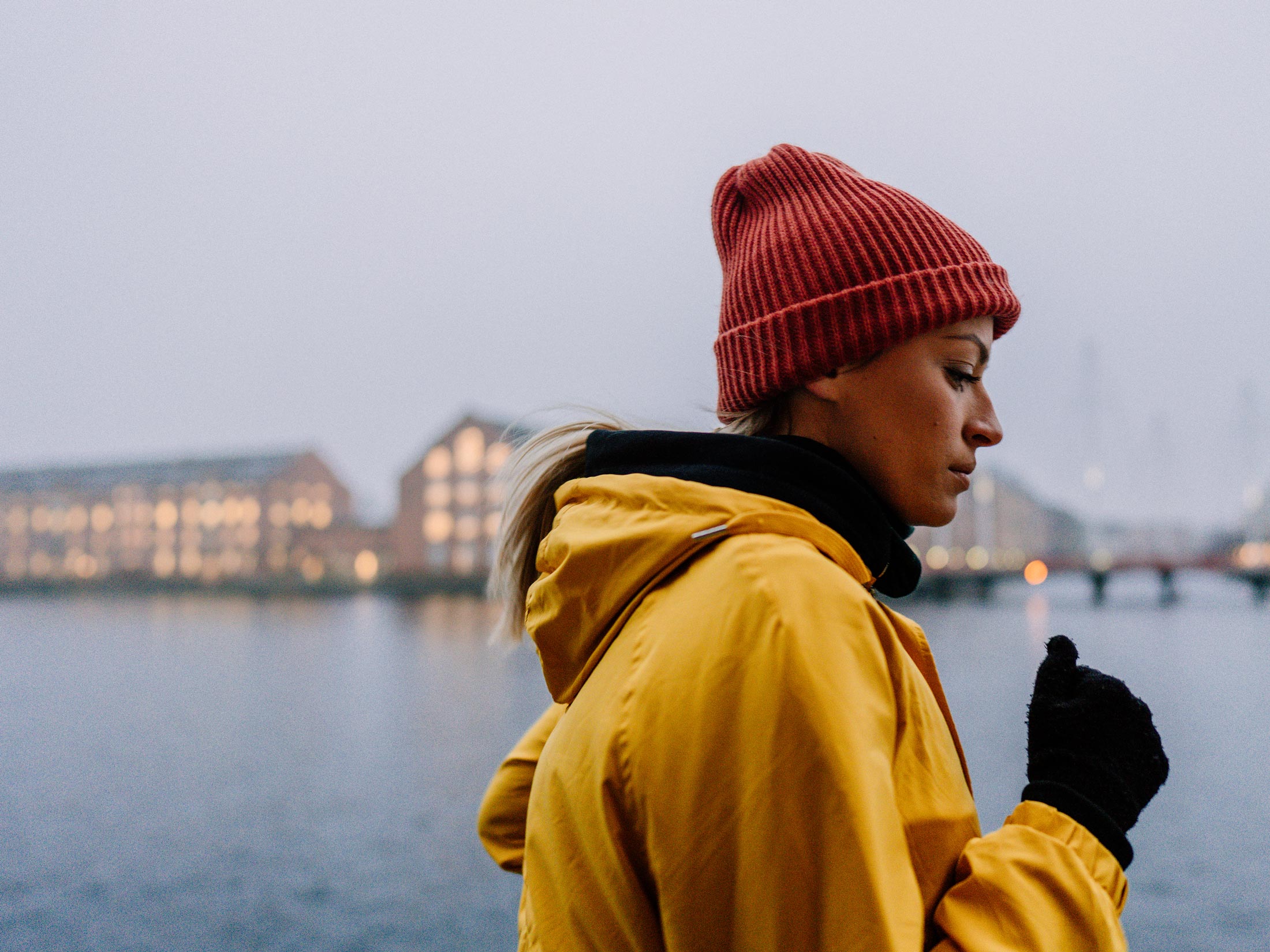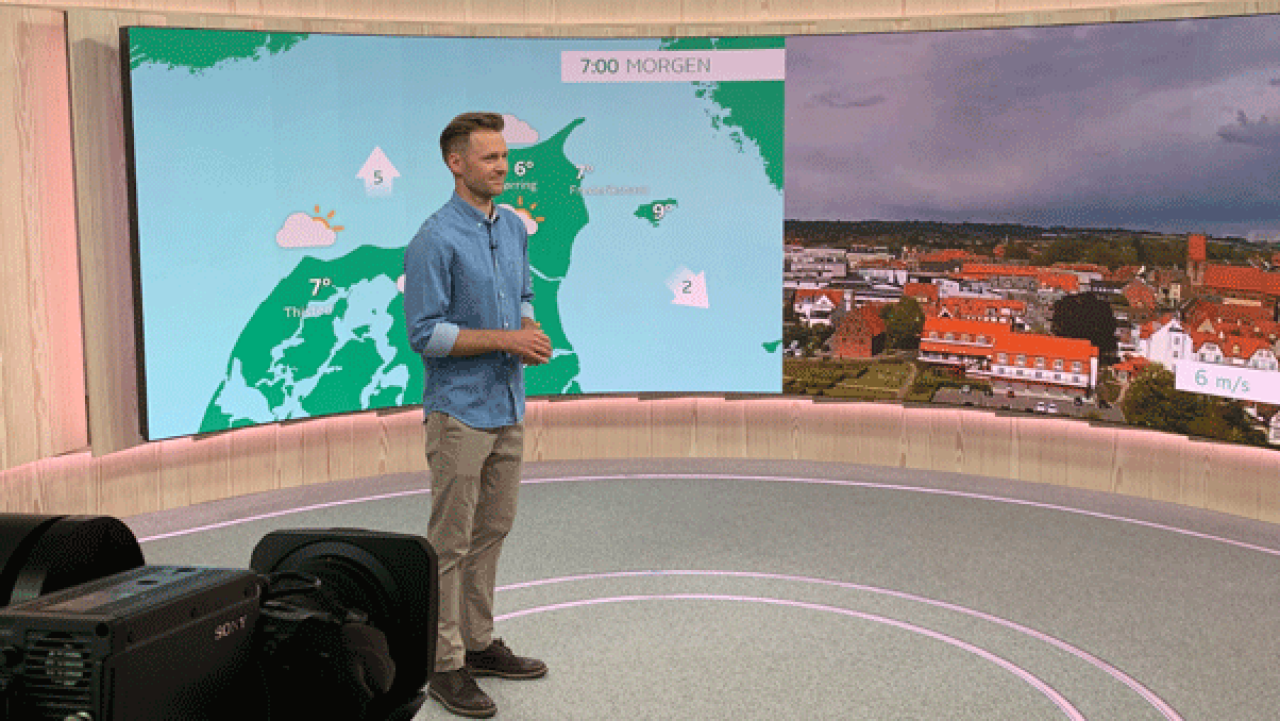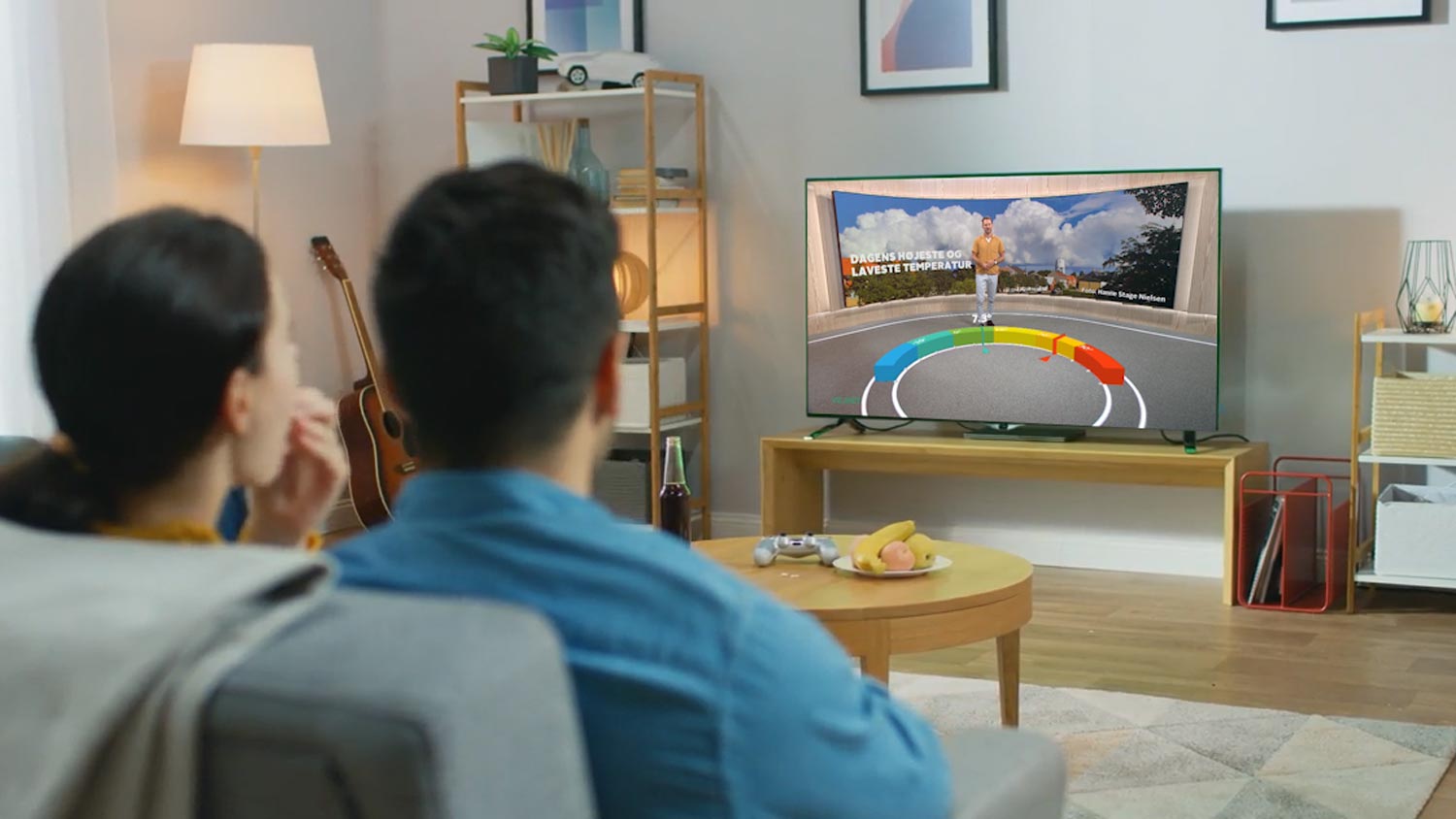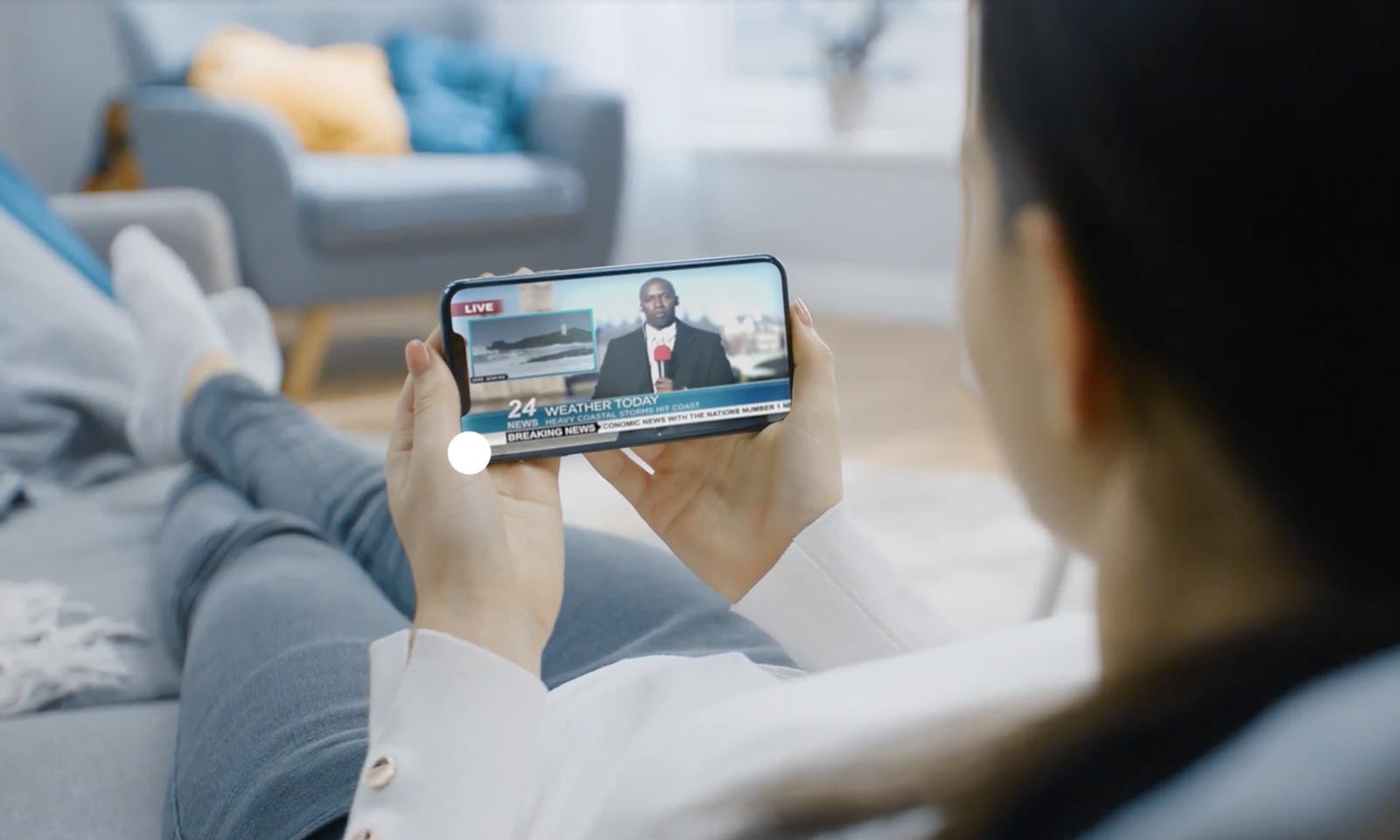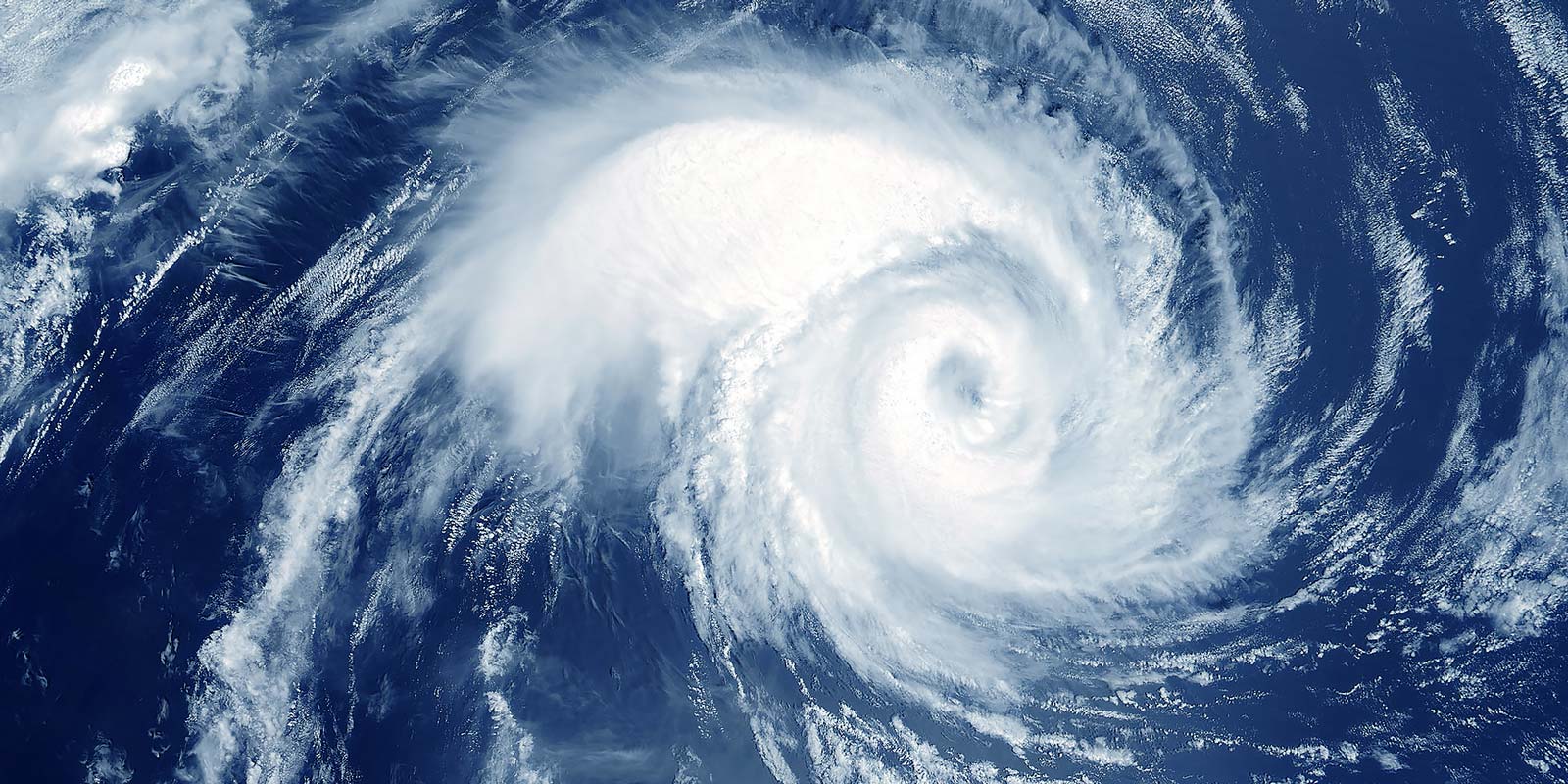Delivering industry-leading weather graphics with 3D AR
By upgrading its Max Weather platform to align with its studio transformation, TV 2 laid the groundwork for industry-leading innovation in weather broadcasting. The network noticed an immediate improvement in speed, responsiveness and performance after the platform upgrade, which was a prerequisite to the installation of the Max Reality solution.
“Max Weather is agile and fast to work with, and that’s important because every news station needs to do more, in less time,” states Nyholm. “I’m not a graphics guy, but I can still create an explainer for an earthquake or tsunami event in 15 or 20 minutes.”
The TV 2 installation is the industry’s first 4K deployment of the Max Reality solution. The Weather Company team worked with TV 2 to refine and launch the 4K capability of Max Reality, whose 3D graphics already add an even greater dimension to the broadcast. When using Max Reality, the meteorologist or presenter can walk around or even stand in the middle of the AR simulation while explaining the 3D weather simulation.
How TV 2 uses Max Reality to create augmented reality
Max Reality lets meteorologists quickly and seamlessly create exceptional, audience-grabbing 3D AR graphics. “The graphics department often compliments the Max Reality graphics; they’re really impressed with the system,” says Nyholm. “Creating them is not hard work, because all the forecast data is automatically added.” Viewers also laud the new graphics, according to Nyholm. “They say the images look more natural, for example that the clouds animate in a more natural way than when we use normal grid data.”
TV 2 currently uses the Max Reality solution a few times a week, but plans to use it with greater frequency as time passes. For example, by working with the station’s graphics department, Nyholm can create AR images that can be reused and modified. “For instance, we’ll create a rainbow graphic and use it many times in the next five years to explain why and how a rainbow forms,” he says. “When it’s done properly in AR and correctly imported into the system, it can easily be tweaked to a double rainbow or a halo, for instance.”
Viewer engagement is critical to broadcasters who now compete with mobile news outlets and apps for the same audience. Max Social technology allows TV 2 to interact with viewers around the clock. “Max Social is very nice if we have a severe weather warning,” says Nyholm. “We post simultaneously on Facebook and Twitter.” The solution also reduces the time needed to import pictures that viewers post on the station’s social channels. TV 2 can download those images directly into the Max Weather system to use in its broadcasts, keeping viewers engaged on air and off air.
In addition to providing more engaging broadcasts and social media, TV 2 is constantly improving its forecasts to provide more accurate information to its audience. When it fully implements the Local Data Ingest solution, the network will be able to use the more granular data from national weather institutes to create forecasts down to one or two kilometers. “Of course, we’ll want to display that,” says Nyholm. “That’s one reason we’re moving forward with Local Data Ingest.”
In mid-2020, The Weather Company expects to release Max Weather 7.0, which will allow Max Sky graphics to be implemented in the AR layer. This will allow TV 2 to display clouds in an even more realistic 3D rendering.
